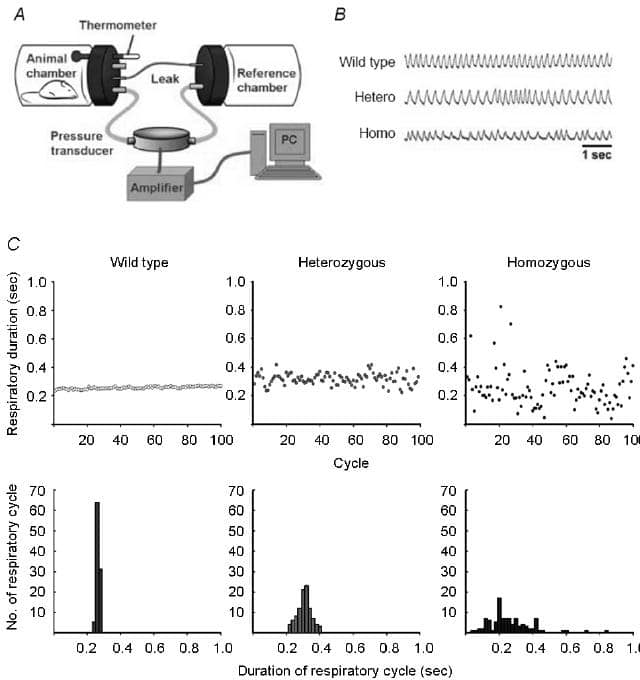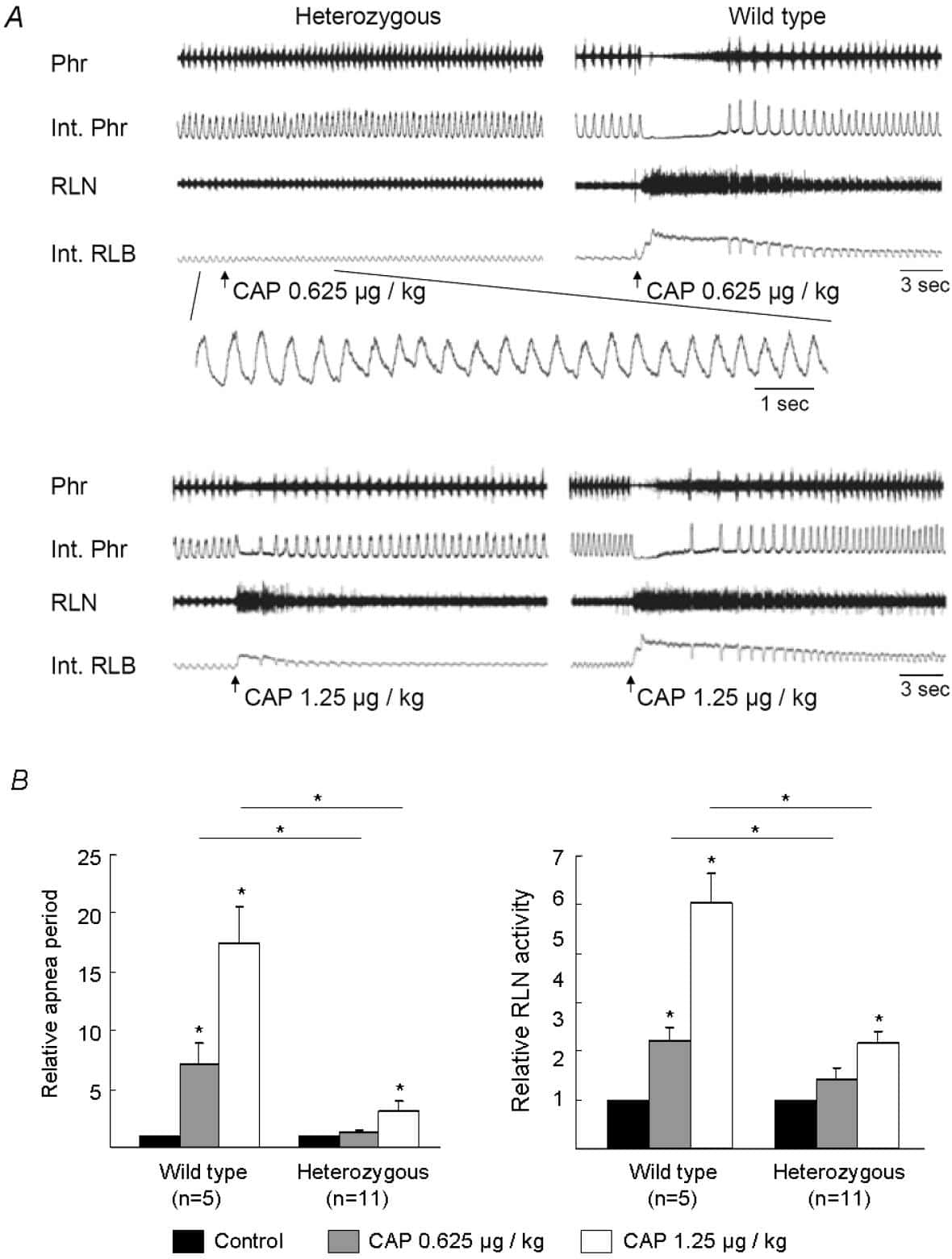Expansion of the CAG repeat of the TATA-box binding protein (TBP) gene has been identified as the causative mutations in spinocerebellar ataxia 17 (SCA17). TBP is ubiquitously expressed in both central nervous system and peripheral tissues. In addition to SCA patients, mildly expanded alleles were also reported in patients with multiple system atrophy (MSA) and schizophrenia (Chen et al. 2005; Lin et al. 2007). Dysphonia and dysphagia were frequently observed in MSA patients (Shiba & Isono, 2006; Lin et al. 2007). To study the underlying molecular mechanisms, we expressed TBP cDNA containing normal 36 and expanded 61~109 CAG repeats in human embryonic kidney 293 cells. The expanded TBP formed aggregates with significant increase in the cell population at subG1 phase and cleaved caspase-3 (Lee et al. 2009). The TBP constructs were used to establish transgenic (Tg) mouse model with expanded (109 repeats) human TBP overexpression. Two independent Tg lines show ataxia phenotypes after 3 months of age. A significant reduction in the rotarod latency of these mice was identified during the behavioral analysis. As shown in Fig. 1A, respiratory variability was measured using a body plethysmography with the animal sitting quietly, unrestrained and unanesthetised. The respiratory variability of Tg mice was observed on the third weeks after birth and maintained for 6 months. This respiratory variability was stabilized by hypercapnia to a normal level but not affected by low dose of anesthesia. We further studied the activities of the recurrent laryngeal nerve (RLN) and phrenic nerve in response to capsaicin administration (0.625 and 1.25 μg/kg) simultaneously in anesthetized and ventilated Tg mice (Lu et al. 2005). Animals were treated with atropine (0.5 mg/kg, i.p.) first and then with urethane (1.2 g/kg, i.p.). A blunted response of the RLN activity to capsaicin challenge was seen in Tg mice versus wild-type, suggesting that the adduction of the vocal folds might have been malfunctioned. These results may provide a potential strategy of drug development for ameliorating the symptom of dysphonia and dysphagia in SCA17 patients.
Cardiff University (2009) Proc Physiol Soc 17, PC18
Poster Communications: Spinocerebellar ataxia type 17: vocal cord and respiratory system dysfunctions in transgenic mouse model
C. Wu1, H. Hsieh-Li1, J. Hwang1, C. Lin1, M. Lin1, I. Lu1, Y. Fang1, G. Lee-Chen1
1. Department of Life Science, National Taiwan Normal University, Taipei, Taiwan.
View other abstracts by:
Figure 1. Respiratory variation of SCA17 Tg mice A, diagram of body plethysmography with animal sat quietly inside the animal chamber connected with the reference chamber via a leaky tubing. The pressure fluctuation which reflects the respiratory activity of the animal was recorded by a differential pressure transducer connected to an amplifier and then stored in a personal computer (PC) via the PowerLab system. B, examples of respiratory activities taken from wild type, heterozygous and homozygous Tg mice. Homozygous Tg mice displayed more variation in respiratory pattern than that of the wild type and heterozygous Tg mice. C, respiratory duration and respiratory cycle frequency histograms recorded from wild type, heterozygous and homozygous Tg mice by analyzing 100 consecutive respiratory cycles during quiet breathing. The large dispersion of respiratory duration was seen in both heterozygous and homozygous Tg mice.
Figure 2. Effect of capsaicin administration on RLN activity A, the RLN activity was enhanced during apnea and the period of recovery from apnea induced by capsaicin in wild type animals, while was mild in SCA17 heterozygous Tg mice. Int.: integrated, Phr: phrenic nerve activity, RLN: recurrent laryngeal nerve activity, CAP: capsaicin. B, relative apnea period and RLN activity with capsaicin administration. Prolongation of apnea and enhancement of RLN activity in wild-type animals were dose-dependent and significantly larger than those seen in SCA17 heterozygous Tg mice.
Where applicable, experiments conform with Society ethical requirements.


